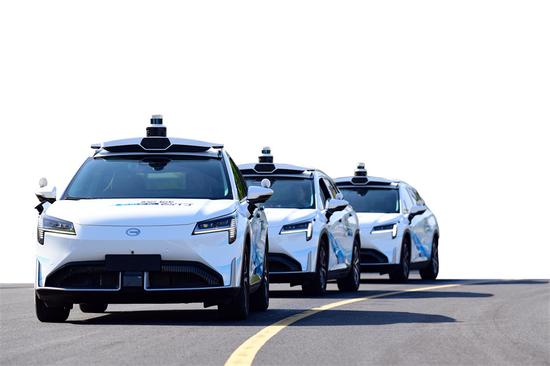
A fleet of robotaxis goes through an on-road trial of autonomous vehicles in Ordos, the Inner Mongolia autonomous region, in July, 2023. [WANG ZHENG/FOR CHINA DAILY]
Congestion concern
Baidu insists that robotaxis, if applied at a city-level, can solve problems such as traffic jams and road accidents.
However, as long as there are drivers and robotaxis on the road at the same time, reduced congestion and collision-free motoring will not happen, analysts said.
Robotaxis tend to be good at following traffic rules and staying alert, but human drivers sometimes cut lanes and don't always focus on road conditions, they added.
Zhang Xiang, an auto analyst at North China University of Technology, said it will take at least 10 years for large-scale business operations of robotaxis to come to fruition.
Besides technological glitches that need to be improved, robotaxis now in operation attract customers who are not in a hurry and who want to have a novel experience.
Unlike regular taxis, they pick up and drop off passengers at fixed stops. They also have more conservative rules about road safety, and operate slower than regular taxis.
Robotaxis may suit customers who want to be left alone. But they may not be attractive to out-of-town visitors who want recommendations about a city from the driver. However, they remove the potential of a driver taking an unnecessary detour to charge more.








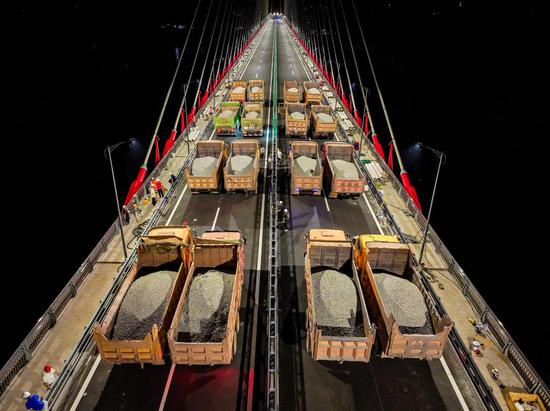
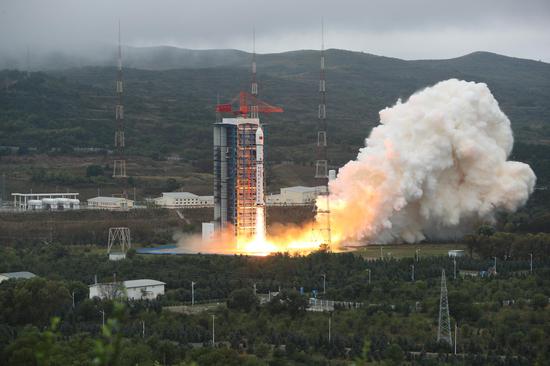








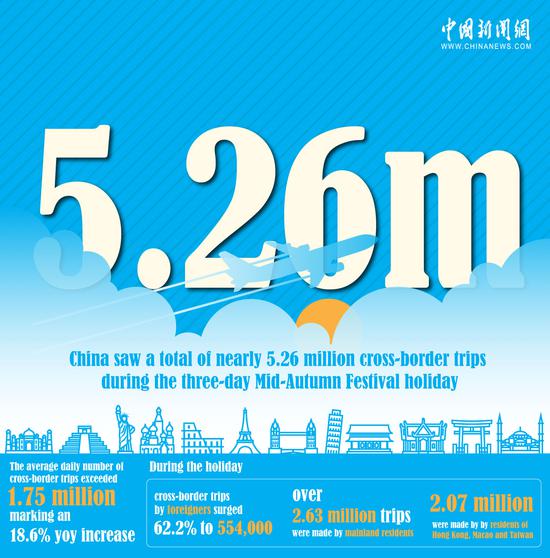



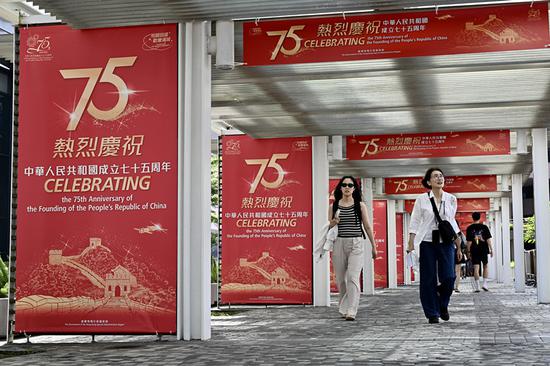




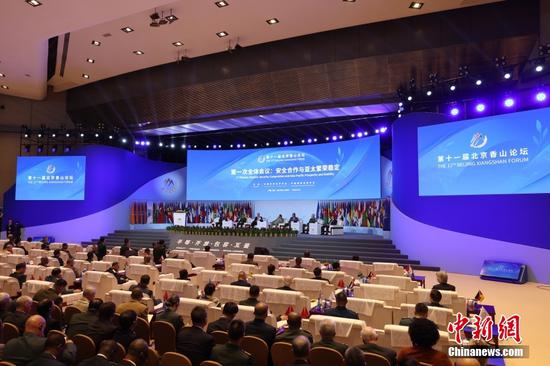






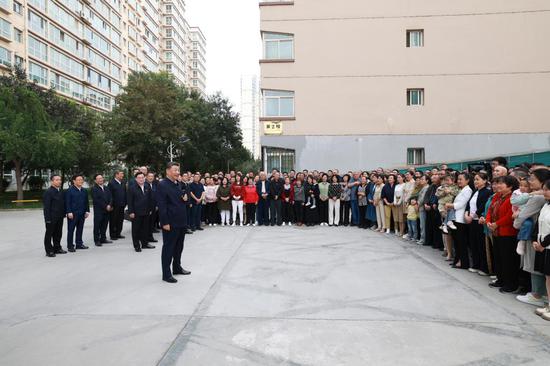
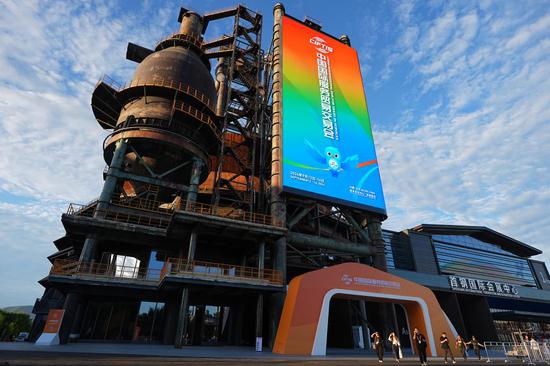




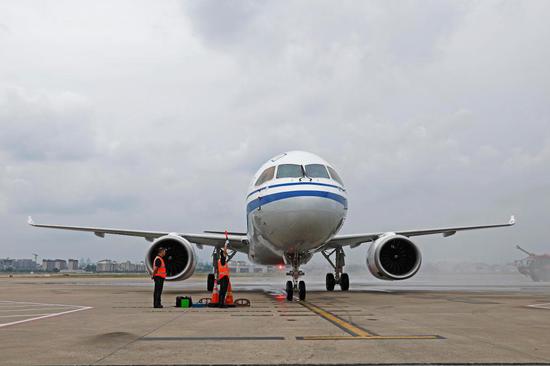


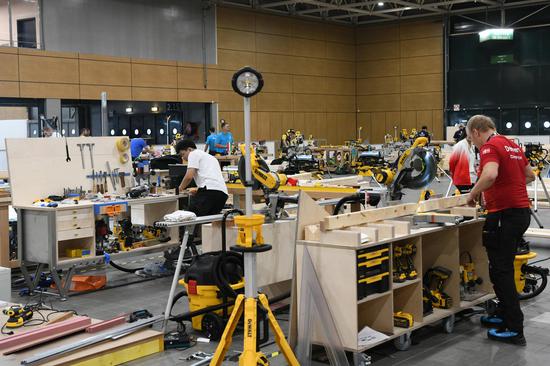


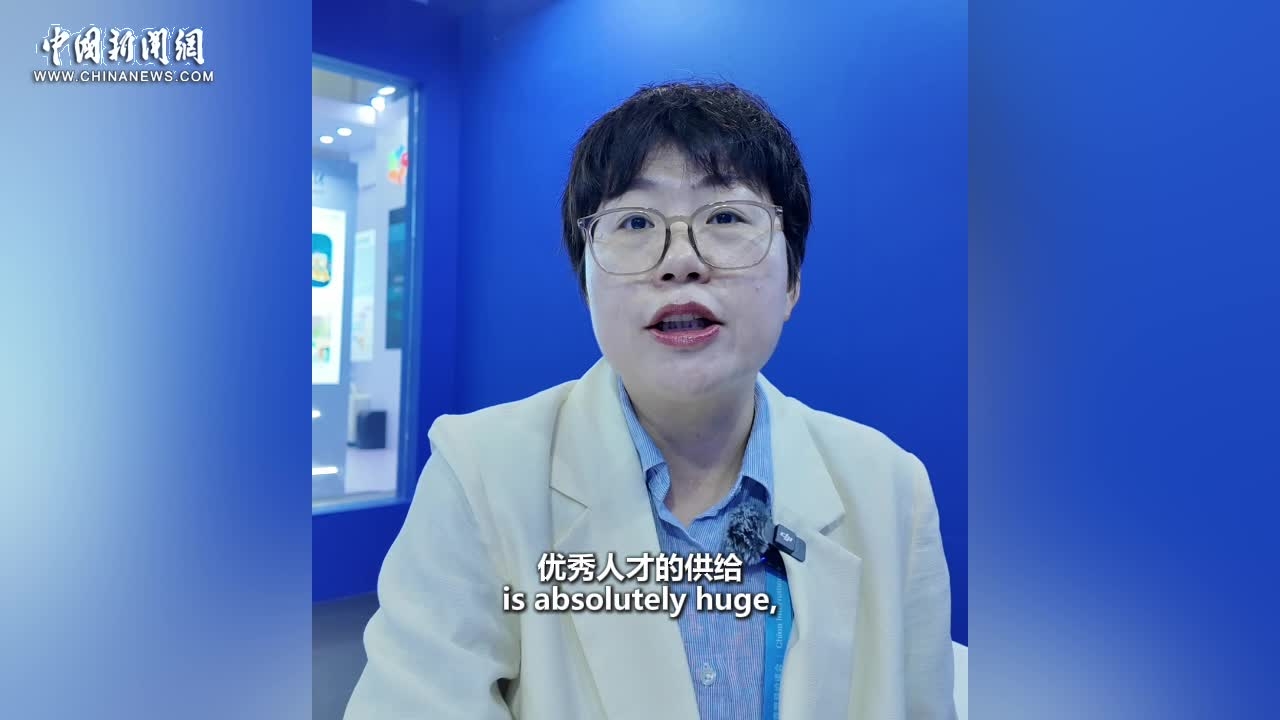

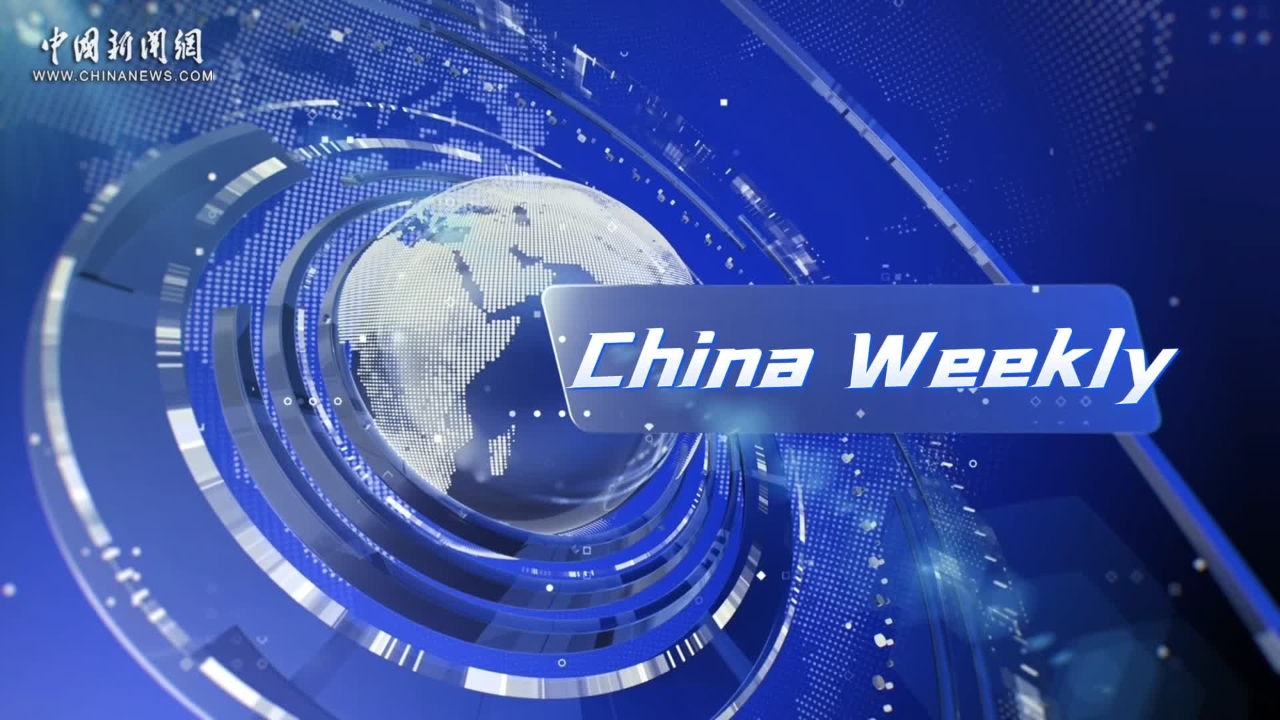

 京公网安备 11010202009201号
京公网安备 11010202009201号